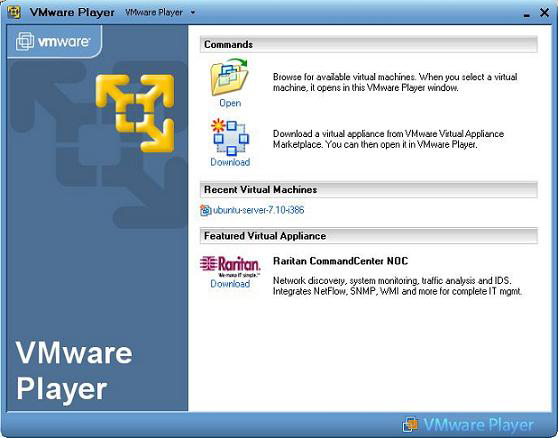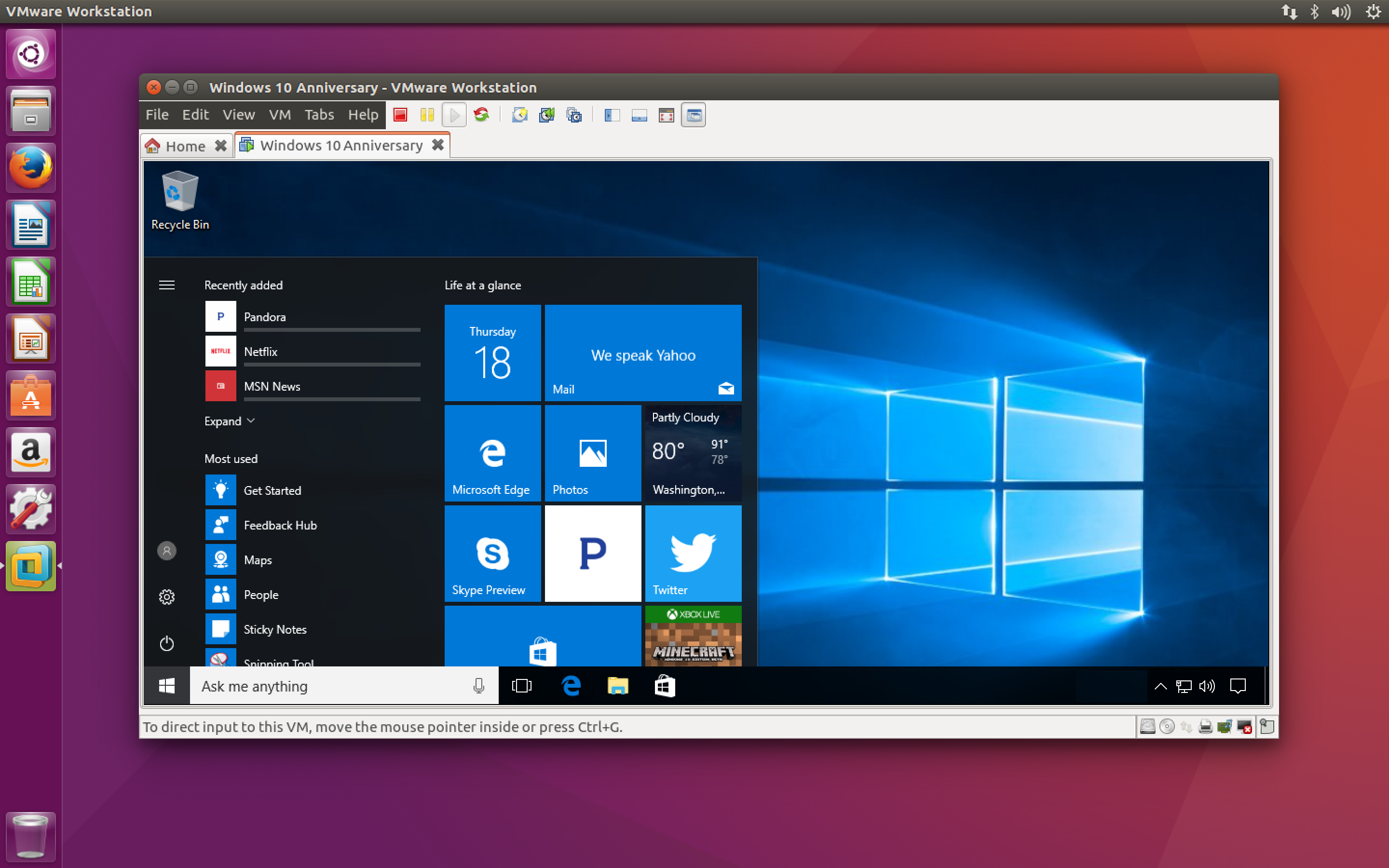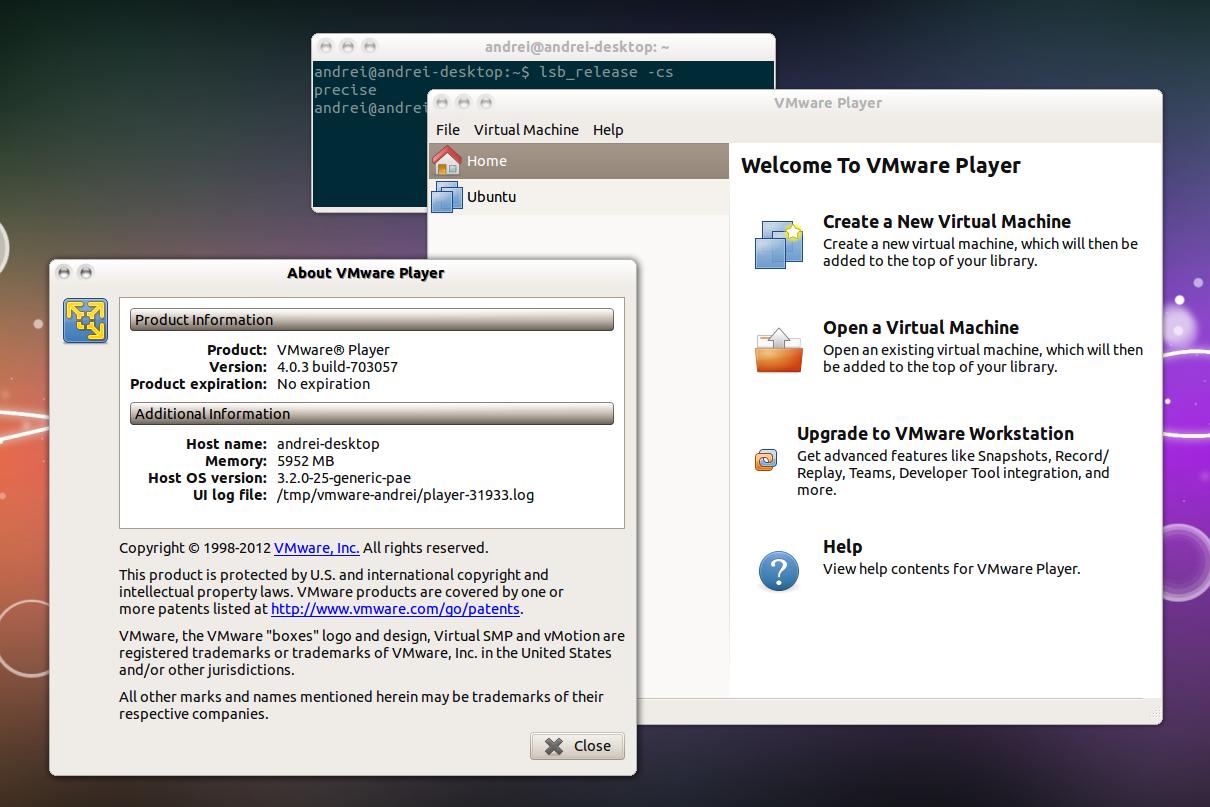

append it to the kernel options) and press Enter. If the VM hangs at the boot prompt, reboot the VM, and when the boot prompt appears again, type pax_nouderef (i.e.

choose the default hard disk mounted by VMware.choose sys when asked about the disk mode ( sys mode will install Alpine to the disk).Boot the VM and log in with username "root".Disable "UEFI secure boot" in Settings -> Advanced.

Add a CD/DVD to the VM that points to the Alpine ISO you downloaded.Add a hard drive with your desired size.Create a virtual machine (Linux, other 3.x kernel 64 bit).Option 1: sys mode, traditional hard-disk install (preferable for a dev box) To do so, you have to create a bootable Ubuntu USB drive and install it.There's at least 2 ways you can setup Alpine on a VMware box. Note:- If you want to install Ubuntu as the primary operating system on your machine, you can use the dual boot option.

Either a DVD drive or a USB port for the installer media.Here are the recommended system requirements to install Ubuntu to your system: Now, click “ Download” to download the Ubuntu ISO file. Ubuntu 22.04 LTS is the most recent version at the time of writing. Go to, select Download, and then download Ubuntu for Desktop. Once you have installed the software, follow the mentioned steps to install Ubuntu 22.04 LTS. Before that, make sure you have VMware installed on your system, or else, check our guide on how to install VMware Workstation Player on Windows 11. Here is a guide on how to install Ubuntu 22.04 LTS on VMware Workstation Player.


 0 kommentar(er)
0 kommentar(er)
